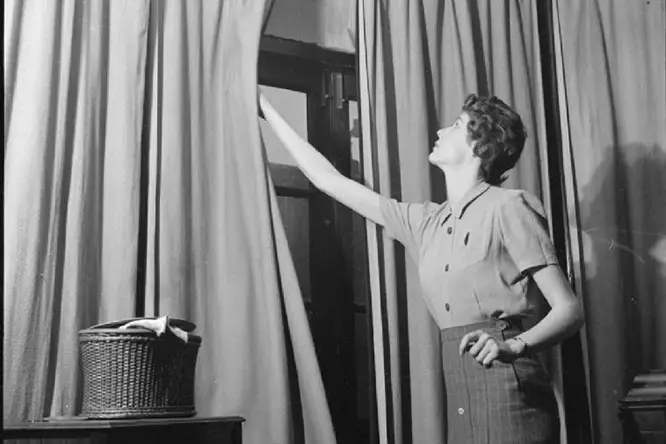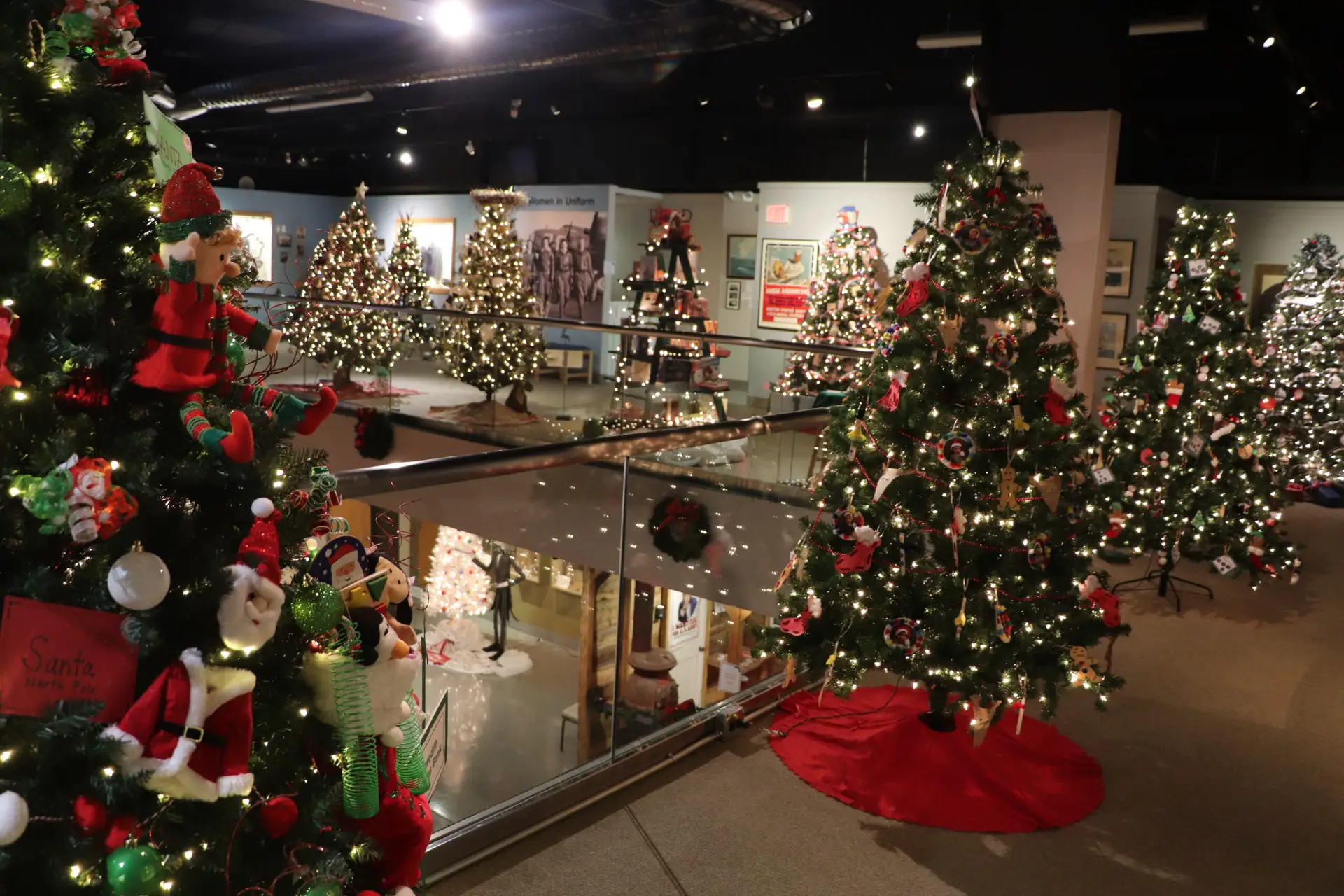As the world was engulfed in the turmoil of World War II, nations mobilized their resources and populations in an unprecedented effort to secure victory. However, the battleground was not confined to far-off lands. It extended to the very streets and homes of civilians. Amidst the sacrifices and cooperation demanded by the war effort, one aspect of civilian life stood out as both symbolic and crucial: the blackout.
During World War II, blackouts were not merely an inconvenience. They were also a strategic necessity. The concept was simple yet profound: extinguish all artificial lights in cities and towns to obscure potential targets from enemy forces. In the United States, blackouts were implemented along both the West and East Coasts, each motivated by distinct fears and threats.

On the West Coast, the threat of Japanese air raids loomed large. Following the devastating attack on Pearl Harbor in December 1941, the fear of further Japanese incursions intensified. Cities along the Pacific coastline found themselves under the cloak of darkness as blackouts were rigorously enforced. The clear goal was to minimize the visibility of urban centers and vital infrastructure, making them less susceptible to aerial bombardment.
Meanwhile, on the East Coast, a different menace lurked beneath the waves. German U-boats prowled the Atlantic Ocean, posing a grave threat to Allied shipping lanes and coastal communities. To counter this risk, blackouts were instituted from Maine to Florida, shrouding coastal towns and cities in darkness. By extinguishing all lights along the shoreline, communities hoped to thwart the ability of U-boats to identify and target vessels or coastal installations.

For civilians, the blackout represented more than just a precautionary measure; it embodied the spirit of solidarity that defined the home front during World War II. Rationing, price controls, and shortages of essential goods became part of daily life as citizens adapted to the demands of wartime existence.
Beyond their practical utility in protecting against enemy attacks, blackouts symbolized the resilience and determination of civilian populations in the face of adversity. They were a tangible manifestation of the sacrifices made on the home front, where every dimmed light served as a beacon of hope and defiance against the darkness of war.
As we reflect on this chapter of history, let us remember the courage of those who lived through the blackout era. Their actions remind us that even in the darkest of times, unity and resilience can illuminate the path to victory.
Sources:
American Rosie the Riveter Association. (2021, May 14). Protecting the home front. https://rosietheriveter.net/protecting-the-home-front/
Springate, M.E. The American home front during World War II: Enemies on the home front. National Park Service. https://www.nps.gov/articles/000/wwii-home-front-enemies.htm
Zebrowski, C. (2005, October). Busy with the blitz-proofing. America in WWII. http://www.americainwwii.com/articles/busy-with-the-blitz-proofing/





